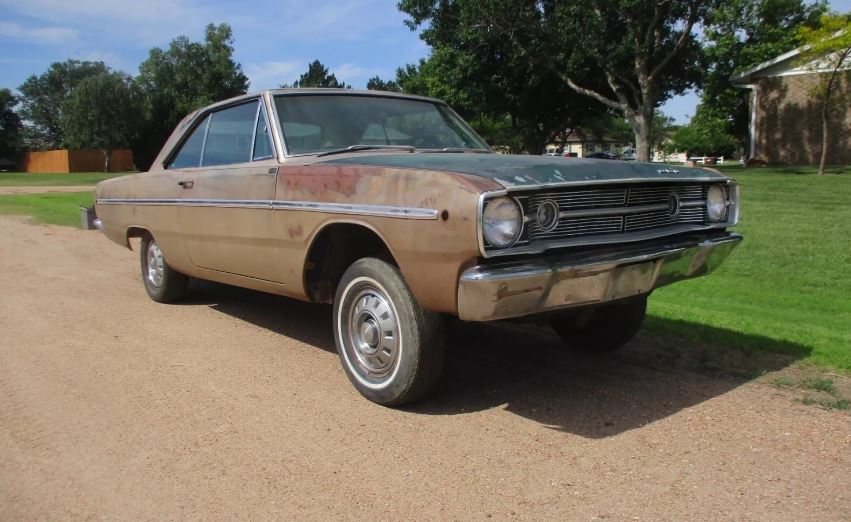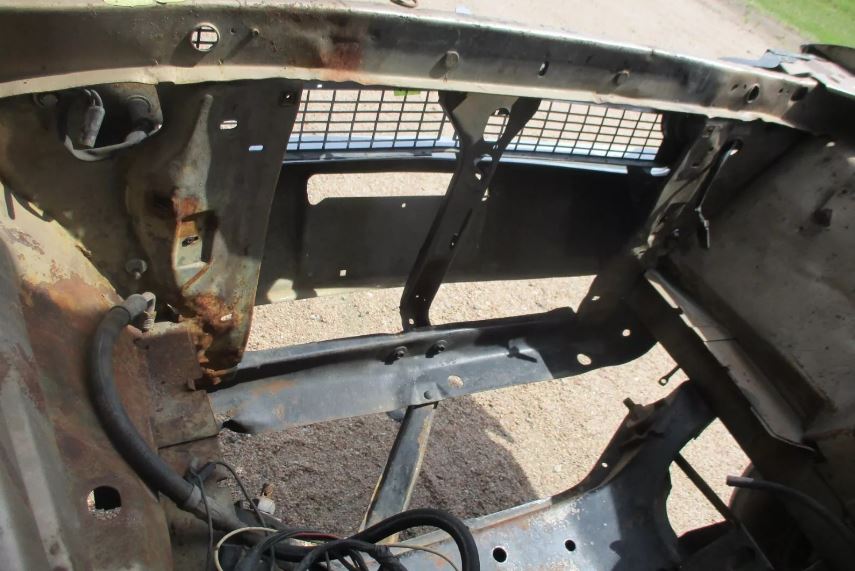Introduced for the 1960 model year, the Dodge Dart remained in production through 1976. The nameplate spawned four different generations, with the last being the most popular and longest-running.
The Dart debuted as a full-size car but was re-assigned to intermediate duty in 1962. After only one year on the market as a midsize, it was downsized again in 1963, joining the still-emerging compact car market.
Dodge revamped the compact Dart for the 1967 model year, which saw the arrival of a sportier-looking version in showrooms. This version was the first to become available with a big-block V8 engine.
The fourth-gen Dart was the most popular iteration of the nameplate and sold well enough for Dodge to keep it on the assembly line until 1976. Even though it wasn’t quite as popular as the Plymouth Valiant, the Dart sold more than a million units until Dodge sent it into the history books.
Nearly 50 years have passed since the fourth-gen Dart was discontinued, and the compact is a rather common classic that you can buy for cheap. Sure, there are a few exceptions, starting with the 1968 HEMI Dart LO23 factory race car and the 1969 Dart 440 GTS, both built in limited numbers. The 383-cubic-inch (6.3-liter) cars also get a lot of attention, but the slant-six and small-block V8 cars are quite affordable.
Sadly, many Darts have been treated as throw-away vehicles, and they are now rotting away in junkyards and barns. Some get saved occasionally, but the survival rate of fourth-gen Darts is rather small. The 1968 Dart 270 hardtop you see here is one of the lucky ones.
Found in a storage unit, this Dart is waiting for a second chance in Great Bend, Kansas. It’s far from spectacular at first glance, but it’s surprisingly solid for a classic that has been neglected for many years. The body is actually rust-free except for a few spots on one rear quarter panel and the trunk floor. It also appears to be complete as far as trim elements go.
The interior doesn’t look half bad, either. The carpets are the only features missing, but whoever removed them saved the floors from rusting out. The dash and door panels are solid and should come back to life with proper detailing. The front bench seat shows significant damage, but that’s to be expected in a classic that’s more than 50 years old as of 2024.
Unfortunately, the Dart wasn’t lucky enough to retain its original engine and transmission. Both were likely removed before the car was parked in the storage unit. The rear end and the driveshaft are still in place. The seller claims the Dart was a factory V8 car. In 1968, the Dart 270 was available with either the 273-cubic-inch (4.5-liter) or the 318-cubic-inch (5.2-liter) V8 powerplants.
The former had 190 horsepower, while the latter delivered 230 horses. There’s no information on the gearbox, but both engines were available with three-speed automatics and four-speed manuals. The 318 was the more popular of the two, so I’m assuming that’s what this Dart got from the factory. The VIN will shed more light on the matter. It’s unclear whether the 98,000-mile (157,716-km) reading on the odometer is authentic.
Finding a replacement unit shouldn’t be an issue. The 318 V8 was quite popular at the time, so the next owner will be able to source a period-correct mill without much hassle. The seller suggests this Dart is suitable for a HEMI clone, and I couldn’t agree more. Built in just 80 units, HEMI Darts are rare and super-expensive nowadays, fetching six-figure sums that can reach into $300,000 territory. I would also consider a one-of-none 440 GTS (these were only produced in 1969).
If you’ve been looking for a 1968 Dart to work on, this hardtop is selling at no reserve from $6,800. Is that low enough to make it suitable for restoration? Let me know in the comments below.

